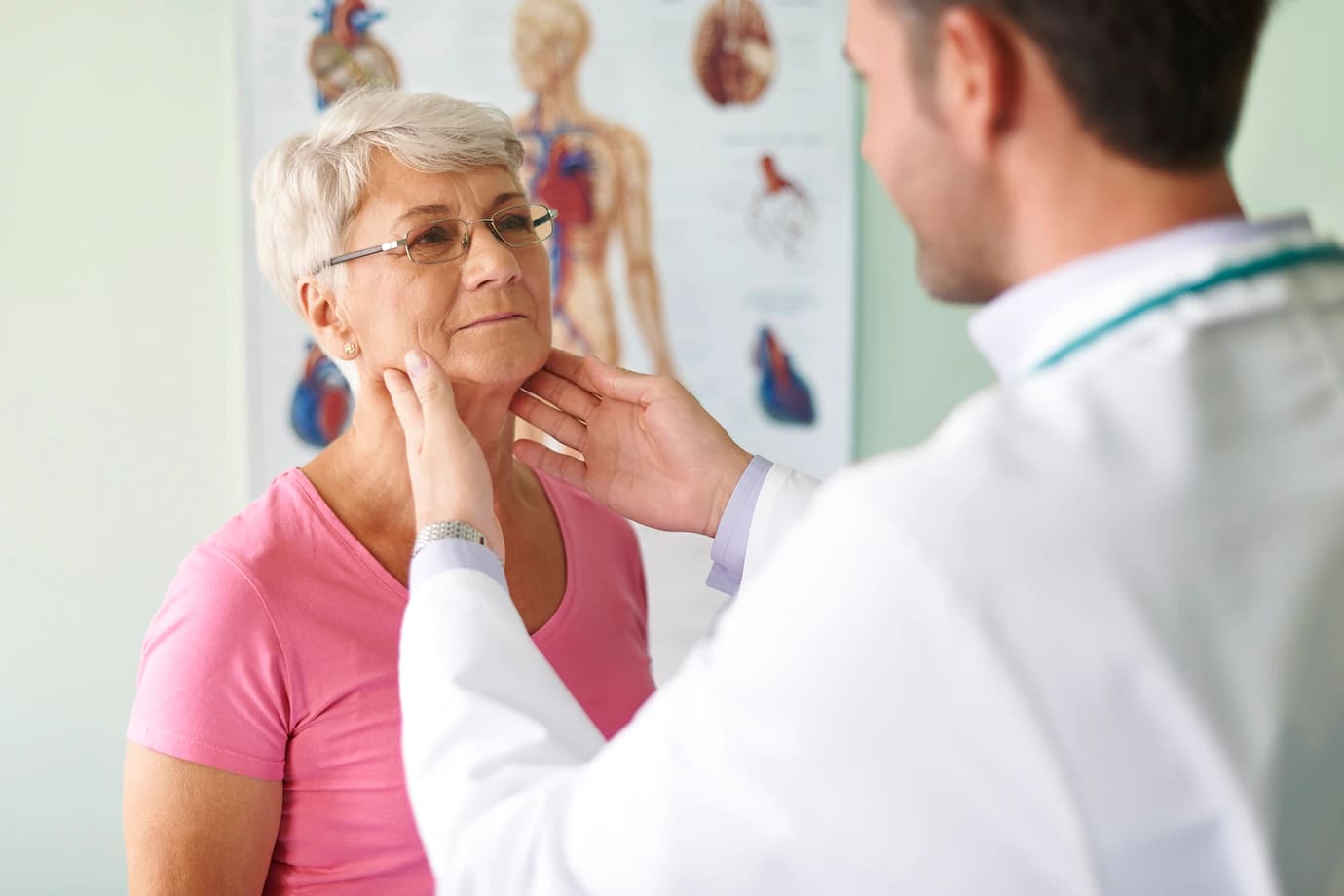20 Dec 2022 | Jennifer
What causes cervical bone spurs?
Neck pain limits your neck movements which affects your daily activities. It can happen for various reasons. In many cases, it results from poor posture or personal habits. In other cases, it may result from underlying conditions such as osteoarthritis or traumatic injuries such as whiplash.
Bone spurs or osteophytes are smooth areas of excess bone that may develop near the edges of a vertebral body’s endplates or the spine’s facet joints. Most often, they occur at joints. And are most common in older adults, 60 years or above. They are a normal part of aging. Protective cartilage breaks down as we age due to normal wear and tear on the spine, which results in inflammation and structural changes to the joint. Osteoarthritis and other degenerative spine conditions are the most common causes of cervical bone spurs.
Our bones are living tissues that are capable of repairing themselves. As bones and soft tissues become damaged, calcium deposits slowly reinforce the damaged area. The deformities these deposits produce are called bone spurs.
Sometimes, we're not even aware that we have bone spurs. Sometimes the spurs compress nearby nerves, resulting in uncomfortable and even debilitating conditions.
They can develop for many reasons and anywhere in the body from natural wear and tear on joints or bones, to underlying medical conditions, or injuries. While bone spurs are usually not painful, these neck growths can become symptomatic if they press on spinal nerve endings and produce pain or discomfort when your neck is moved. Treatment depends on where they are and how they affect your health.
Cervical Spine
Seven vertebrae connecting the skull's base to the upper back make the cervical spine. The spinal cord is housed and protected by the cavities between the vertebrae, known as the spinal canal. The main component of the central nervous system, the spinal cord sends and receives messages between your brain and the rest of the body.
Your neck also supports your head and its movements. A network of ligaments, tendons, and muscles supports your cervical vertebrae, which provide support and flexibility to the neck. The facet joint on the back of each vertebra allows your spine to bend. These joints are cushioned by cartilage, which also produces a fluid that helps flexibility and mobility. Additionally, openings between these joints allow the spinal cord's nerves to exit and move to other parts of your body.

What are the symptoms of cervical bone spurs?
Bone spurs can have a variety of symptoms. Some are only irritations, while others may seriously affect your ability to function. Some common symptoms are given below :-
- Dull neck pain.
- Swelling.
- Neck stiffness and reduced range of motions.
- Muscle cramping.
- Headaches or intense headaches on the sides or back of the head.
- Neck discomfort that radiates to the shoulders and arms.
Difficult breathing or swallowing, and loss of bladder are rare symptoms of cervical bone spurs.
If you have the above symptoms or they continue to worsen, consult Dallas Back Clinics for further treatment. Our specialist will treat your neck issues.
How is a bone spur in the neck diagnosed?
For most people, cervical bone spurs do not cause symptoms. Bone spurs usually show on x-rays or MRIs in patients without causing pain or other symptoms. First, your healthcare provider will conduct a medical exam by checking your symptoms and medical history. Additionally, your doctor will conduct a physical examination to look for muscular weakness and other issues related to bone spurs.
Then the doctor may order diagnostic testing, which starts with an x-ray to obtain a clear image of cervical bone spurs. If those results are unclear, advanced imaging may be required, which includes CT scans and MRIs. These methods will clearly depict the cause of your neck pain. Finally, to identify the exact location of any affected nerves, your doctor may order an electromyogram and a nerve conduction study.

How are bone spurs in the neck treated?
Your doctor will start with conservative treatments if your symptoms are not severe, which will reduce your neck pain and increases mobility.
- Take rest :- For a few days, if you avoid strenuous activities, pain and inflammation will reduce. Your doctor may recommend using ice or heat packs.
- Medications :- Initially your doctor will suggest over-the-counter (OTC) or prescription nonsteroidal anti-inflammatory drugs (NSAIDs). If these medication doesn’t provide adequate relief, your doctor may recommend epidural steroid injections.
- Physical Therapy :- Exercises and stretches improves the range of motion, reduce pain and strengthen joint muscles. In addition, he or she can recommend some changes to your routine, such as simple posture-improvement methods.
- Acupuncture and chiropractic adjustments :- Can help in reducing pain and improve mobility.
Do bone spurs need surgery?
Surgery may be an option if conservative treatments fail to provide the relief you need.
- ACDF (Anterior cervical discectomy and fusion) :- In ACDF, to remove a damaged disc caused by a protruding bone spur, your surgeon makes a small incision at the front of the neck. To stabilize the area, the bones around the removed disc are fused together with a bone graft.
- Laminectomy :- In this procedure, bone spurs and other tissues are removed that cause nerve compression.
- Posterior Cervical Laminoplasty :- Your surgeon may enter through the back of your neck to relieve pressure on your spinal cord if a bone spur is compressing it.
There is usually a shorter recovery time following these types of procedures since they cause less damage to soft tissues than open surgery.
If you are looking for neck pain treatment, schedule an appointment at Dallas Back Clinics.

 Telehealth Visits Available
Telehealth Visits Available
